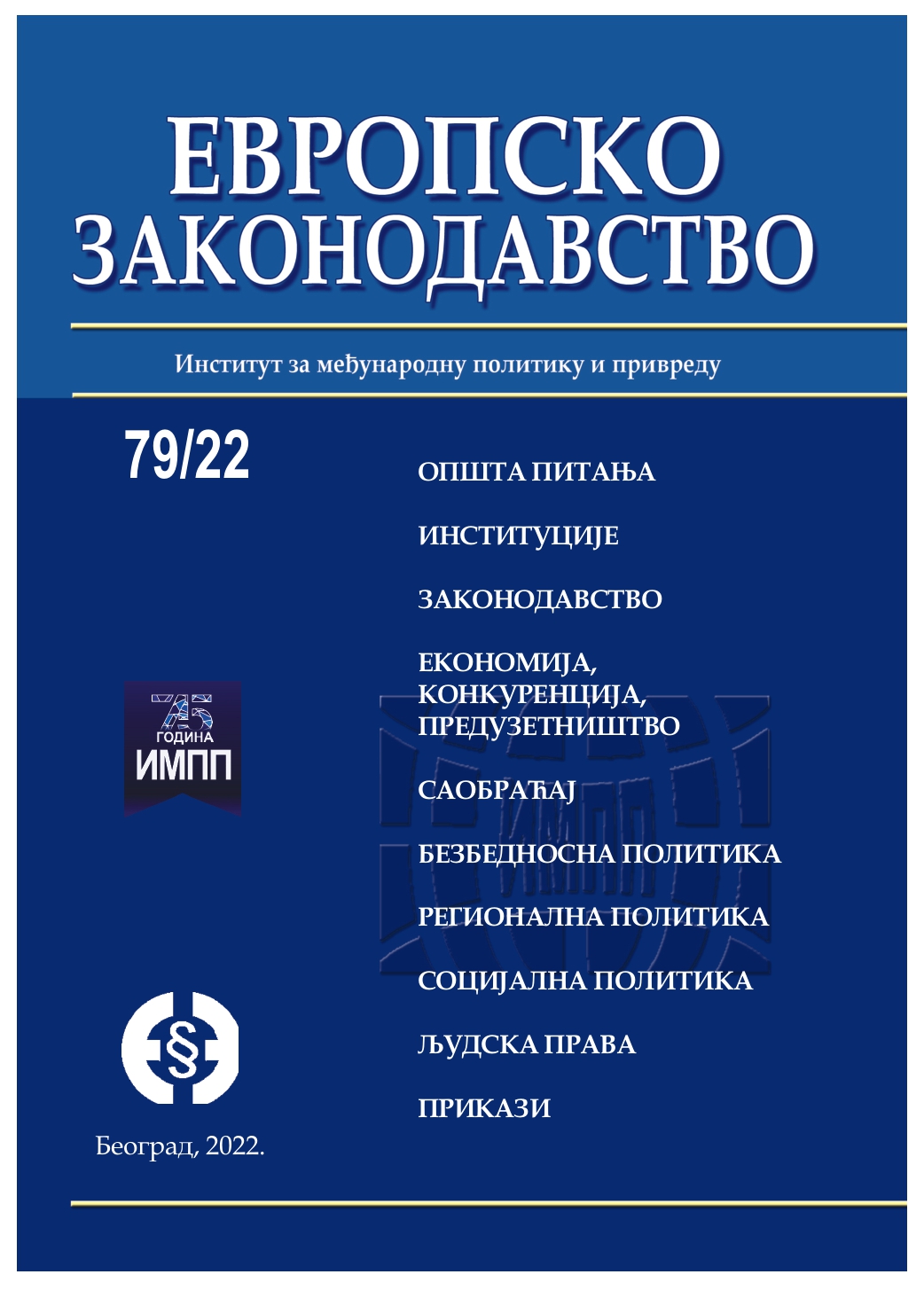Примена флексигурности у Европској унији
Application of flexicurity in the European Union
Author(s): Slaven SavićSubject(s): EU-Legislation
Published by: Институт за међународну политику и привреду
Keywords: Flexicurity;labor market;social policy;EU;Denmark;case study
Summary/Abstract: Contemporary economic flows are characterized by continuous changes in all branches of the global economy, especially in the sphere of economic integration. Such a situation has its repercussions on the functioning of countries that build their position in the global economy on the basis of various trade, economic and political alliances and organizations. A good example is the European integration through which European countries became part of a supranational organization - the EU. The integration of European countries into the EU is enhanced not only by political, but also economic reasons, primarily by ensuring sustainable economic development and flexible social security in the field of work. The increase of economic interdependence in Europe pointed to the fact that the classic concept of the welfare state is no longer acceptable since it cannot provide rational answers for the growing social needs of employees expressed during economic crises and serious social disturbances. Finding new conceptual solutions for regulating the mentioned situations presupposes the application of the concept of “flexicurity“, which aims to find a compromise between the flexibility of the labor market and social security. The paper discusses various aspects of this concept with a case study of the example of Denmark, all with the intention of shedding more light on the theoretical and practical scope of the functioning of “flexicurity“ in the EU.
Journal: Европско законодавство
- Issue Year: 2022
- Issue No: 79
- Page Range: 275-297
- Page Count: 23
- Language: Serbian

